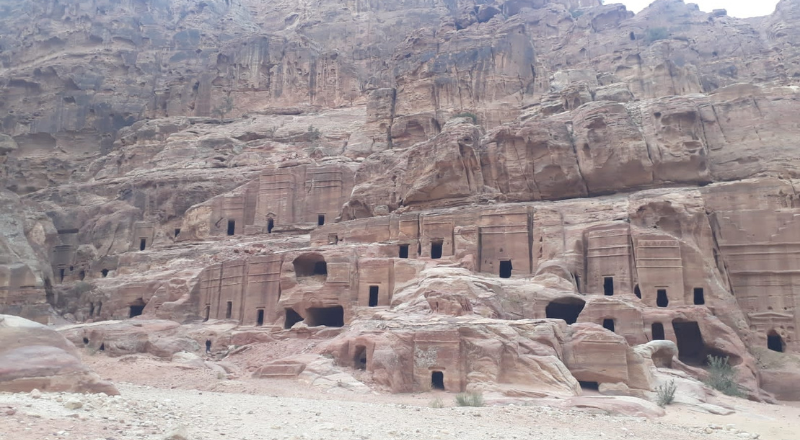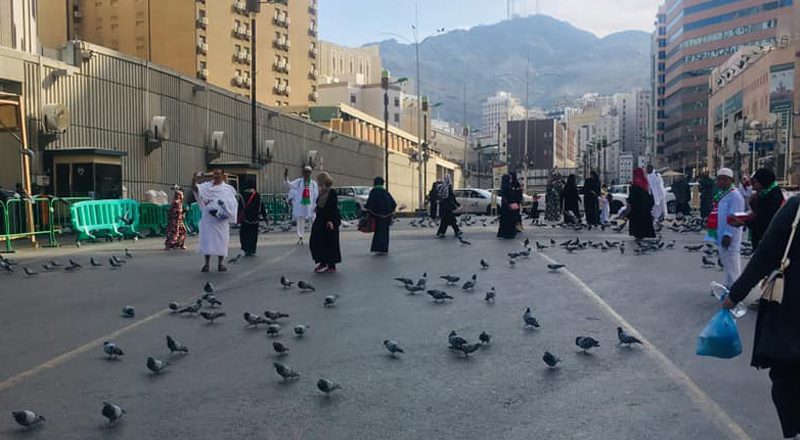Jordan, a captivating land located at the crossroads of three continents, calls travelers with its rich tapestry of history, stunning landscapes, and vibrant culture. From the rose-red city of Petra, a testament to ancient Nabataean ingenuity, to the peaceful shores of the Dead Sea, the lowest point on Earth, Jordan offers a diverse range of experiences that cater to every traveler’s palate. However, the magic of your journey depends significantly on choosing the right time and places to visit in Jordan.
Best Time to Visit Jordan
Jordan’s climate is characterized by distinct seasons, each offering unique advantages and challenges for travelers. Understanding these variations is crucial for planning a seamless and enjoyable trip.
Spring (March-May)
Spring emerges as the most popular and arguably the best time to visit Jordan. The weather is remarkably pleasant, with warm, sunny days perfect for exploring outdoor sites and comfortable evenings ideal for relaxing after a day of adventure. Temperatures hover in the comfortable mid-60s to mid-70s Fahrenheit (15-24°C), making it ideal for hiking, exploring ancient ruins, and enjoying outdoor activities.
Autumn (September-November)
Autumn mirrors the colors of spring, offering another window of pleasant weather with fewer crowds and often lower prices. The temperatures remain mild, making it perfect for exploring Jordan’s historical and natural wonders. The days are still sunny and warm enough for swimming in the Dead Sea, while the evenings provide a welcome respite from the day’s heat.
Summer (June-August)
Summer in Jordan brings intense heat, particularly in the desert regions. Temperatures can soar well above 100° Fahrenheit (38°C), making outdoor exploration challenging during the midday sun. While this season offers the advantage of fewer crowds and potentially lower prices on accommodation, it’s crucial to plan your itinerary carefully, focusing on activities during the cooler morning and evening hours. Staying hydrated is important, and seeking shaded areas during the hottest part of the day is essential.
Winter (December-February)
Winter in Jordan brings cooler temperatures, especially in the mountainous regions. Rainfall is more frequent, potentially affecting accessibility to some sites. While the cooler temperatures can be pleasant for exploring certain areas, be prepared for occasional showers and pack accordingly. This season offers a quieter escape for those who don’t mind cooler weather and potential travel disruptions due to rain.
Unveiling Jordan’s Treasures
Jordan’s pull lies in its remarkable diversity. From ancient wonders to natural marvels, the country offers a captivating blend of experiences:
- Petra: The iconic rose-red city, a UNESCO World Heritage site, is a breathtaking testament to Nabataean ingenuity. Explore its twisted rock-cut architecture, including the Treasury, the Monastery, and the Siq, allowing ample time to wander and soak in the atmosphere.
- Wadi Rum: This protected desert reserve, a landscape of towering sandstone mountains and dramatic canyons, offers unparalleled opportunities for adventure. Embark on jeep tours, camel treks, or simply lose yourself in the vast expanse of the desert under a star-studded sky.
- Dead Sea: Experience the unique sensation of floating effortlessly in the mineral-rich waters of the Dead Sea, the lowest point on Earth. Indulge in therapeutic mud treatments and enjoy the surreal experience of this remarkable natural wonder.
- Jerash: Step back in time at Jerash, one of the best-preserved Roman cities outside of Italy. Explore its remarkably well-preserved colonnaded streets, temples, and theaters, immersing yourself in the grandeur of the Roman Empire.
- Amman: Discover the vibrant capital city of Amman, a captivating blend of ancient history and modern life. Explore its bustling souks, museums, and historical sites, experiencing the pulse of Jordanian culture.
Planning Your Jordanian Adventure
Know the best time to visit Jordan with careful planning for a seamless and enjoyable trip. Book flights and accommodation in advance, especially during peak seasons. Research visa requirements for your nationality and ensure you have all necessary documentation. Pack appropriate clothing and footwear for the chosen season and activities. Factor in travel time between destinations, as distances can be significant.



